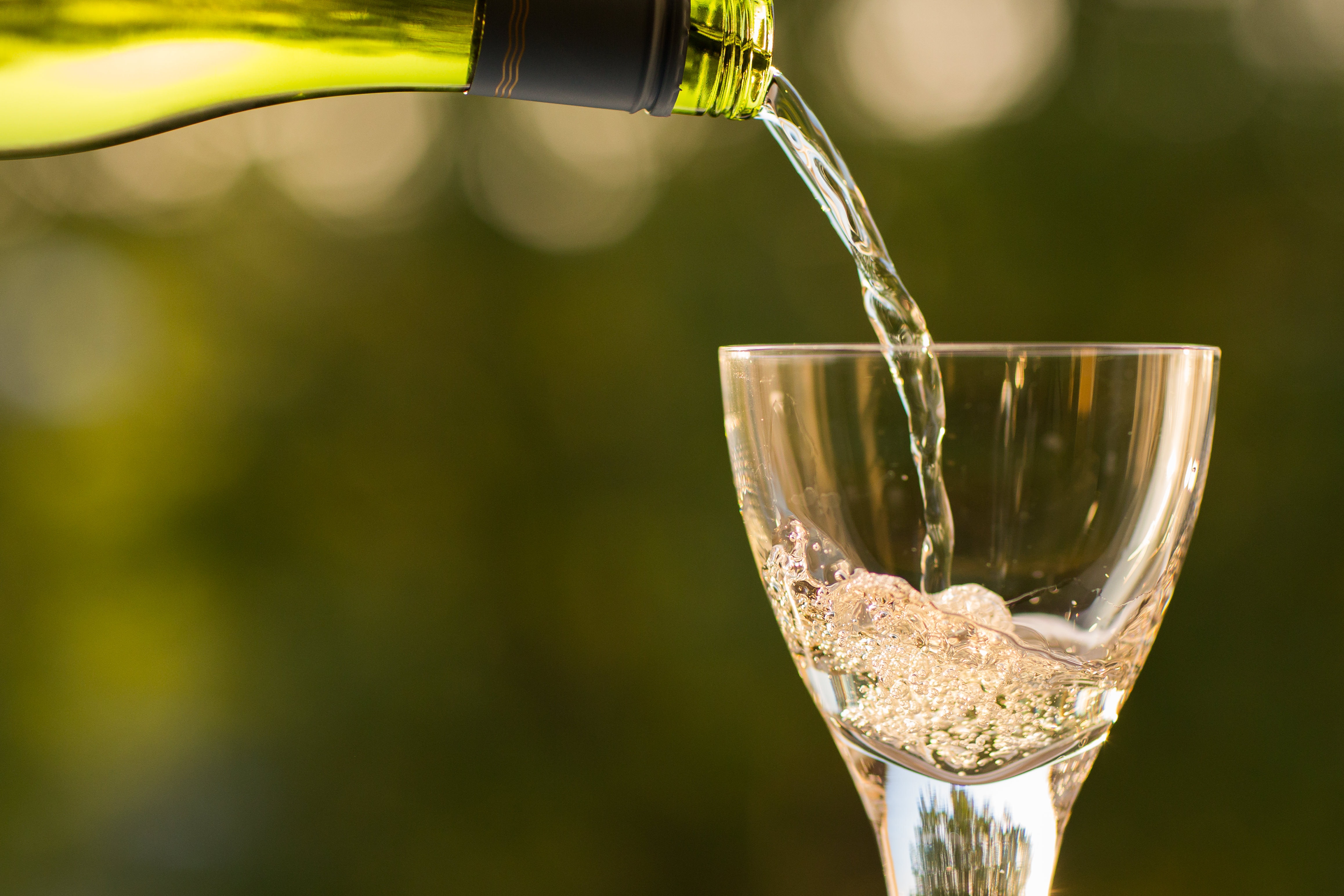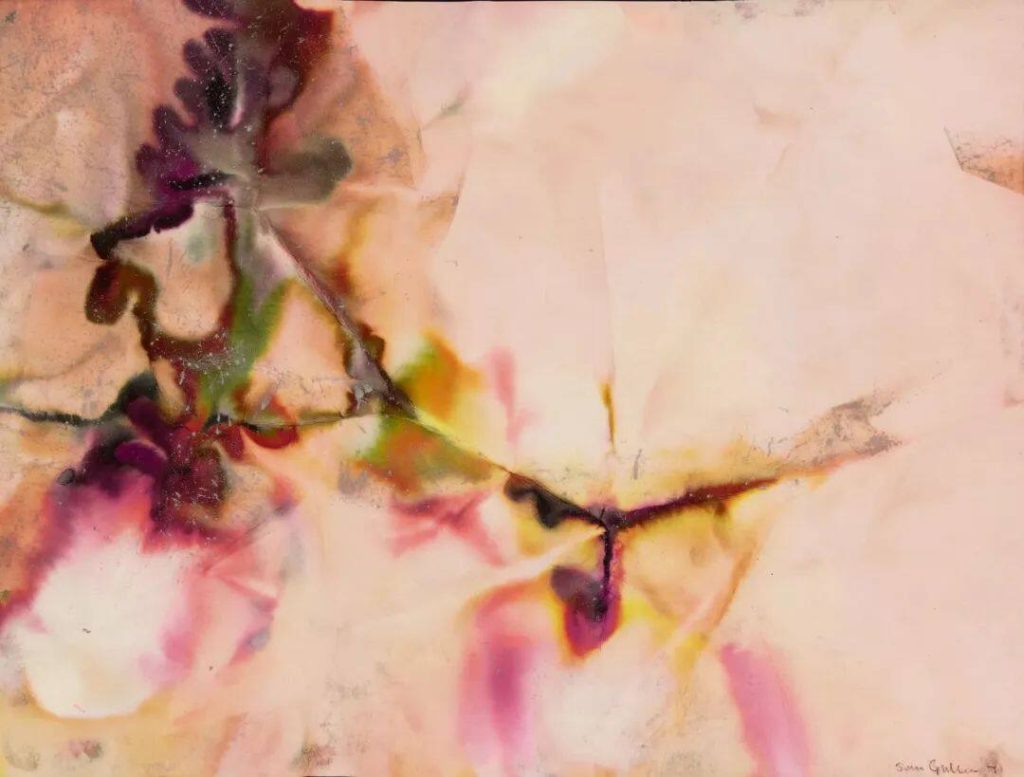We often hear the term “finish” from wine merchants or sommeliers, and “finish” is one of the standards for wine product appraisal. So, what exactly is the “finish”? Today, let’s learn about the knowledge of wine finish together.

What is the aftertaste of wine?
The English term for “余味” is “finish,” “aftertaste,” or “length.” There is a fitting description: The best wine should feel in the mouth like a peacock’s tail opening, with layers upon layers filling the entire mouth (opened like a peacock’s tail).

Wine expert Jancis Robinson explains that some wines have a long-lasting aftertaste because even after drinking, some of the residual wine in the mouth has colloids that interact with flavor compounds, causing some flavor substances to remain in the mouth. These substances do not evaporate quickly, thus forming a longer aftertaste.
So, in summary, when we talk about aftertaste, we are referring to the taste that remains in the mouth after the wine has been swallowed (or spat out), or the duration of time that this taste persists in the mouth.
Now that we understand the characteristics of aftertaste, how can we use the aftertaste of wine to determine the variety of wine?
01 Wine aftertaste
The aftertaste is one of the characteristics of fine wines and an important indicator of whether a young wine is of high quality. High-quality wines often have a longer-lasting aroma in the mouth, and the length of the aftertaste reflects the complexity of the wine’s structure.

Under normal circumstances, a wine with an aftertaste lasting 20 to 30 seconds can be considered a good quality wine. If a wine’s aftertaste lasts more than 45 seconds, it can be said to be meticulously crafted with a richer flavor. As for an outstanding quality wine, its aftertaste usually lasts more than a minute. This is why the length of the aftertaste has become a major factor in evaluating the quality of wine.
There are two ways to describe the length of aftertaste: one is that we generally use words such as short, medium, medium-short, medium-long, and long to describe the length of the aftertaste.
02 Good wine aftertaste
On the other hand, we can use terms such as peppery, mineral, complex in flavor, smooth, spicy, rich, and rough to describe the taste and style of the aftertaste.

Aftertaste of Dry White Wine
When drinking dry white wine, you will usually find that the aftertaste is quite refreshing. As the vintage of the dry white wine becomes older, its taste tends to be softer, and the aftertaste will be more mellow, lasting longer. Dry white wines aged in oak barrels have a more complex aftertaste that lasts longer. Riesling dry white wines have a crisp and refreshing aftertaste, usually lasting about 30 seconds. Californian Chardonnay and Burgundy Chardonnay dry white wines have a richer aftertaste, lasting up to 45 to 60 seconds.
Aftertaste of Dry Red Wine
Young dry red wines usually have a light aftertaste with a short duration, which makes them more approachable for inexperienced wine drinkers. However, truly top-tier dry red wines have a long-lasting aftertaste that evolves into more complex flavors.
03 How to describe the aftertaste?
Bordeaux and Burgundy wines are typical representatives of wines with a long aftertaste. In contrast, Zinfandel, Merlot, Chianti, and Beaujolais wines have a lighter aftertaste and a shorter duration.

Before trying the wine, it is important to keep the mouth clean, ensuring that there are no residual smells of cigarettes, coffee, gum, etc., to avoid hindering the taste judgment.
Hold a sip of wine inside your mouth, swirl it gently, allowing the wine to come into contact with all parts of your mouth (while drinking, inhale a small amount of air, which can help the wine to release more flavors when it comes into contact with oxygen), then deeply appreciate the taste and style of the wine. Then swallow or spit out the alcohol, paying attention to the changes and duration of the aftertaste.
When appreciating a bottle of wine with the eyes or smelling it with the nose, the differences between people should not be significant. However, once the wine enters the mouth, each person’s perception will vary. Therefore, the aftertaste is one of the important indicators for evaluating the quality of wine and is also one of the important contents in our wine learning process.











